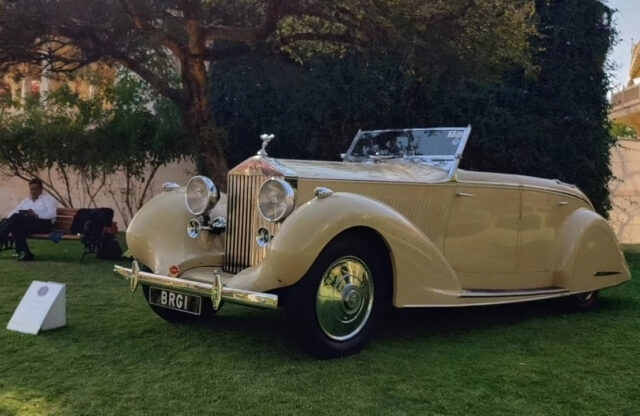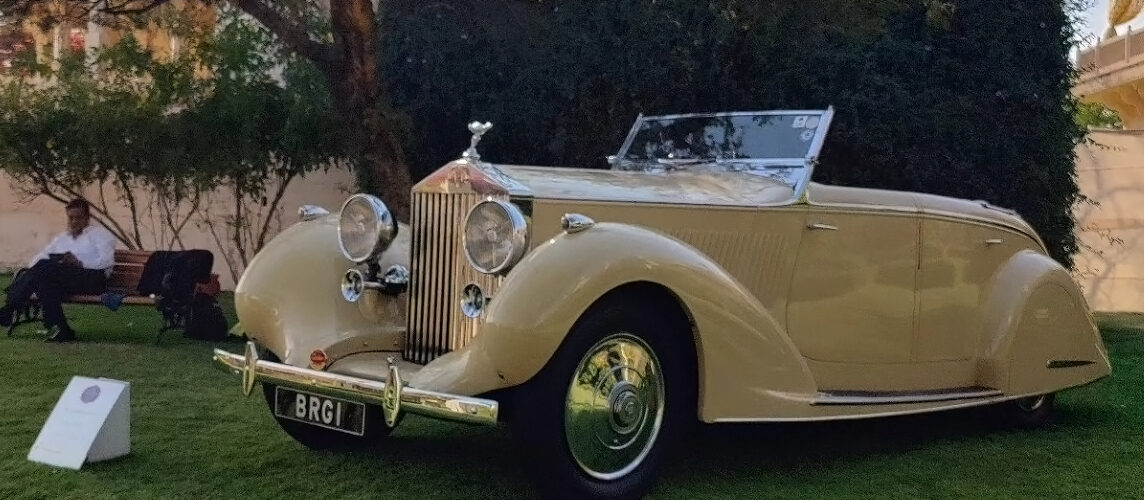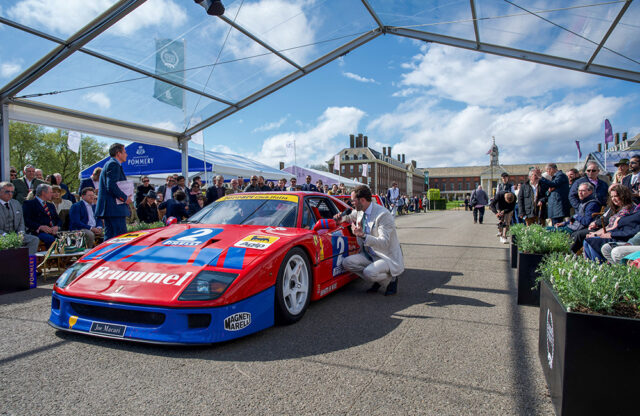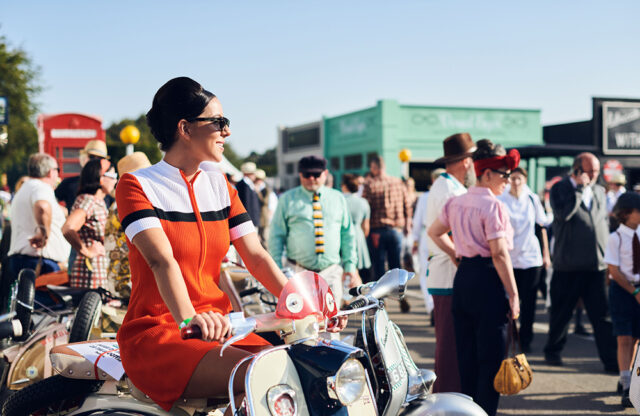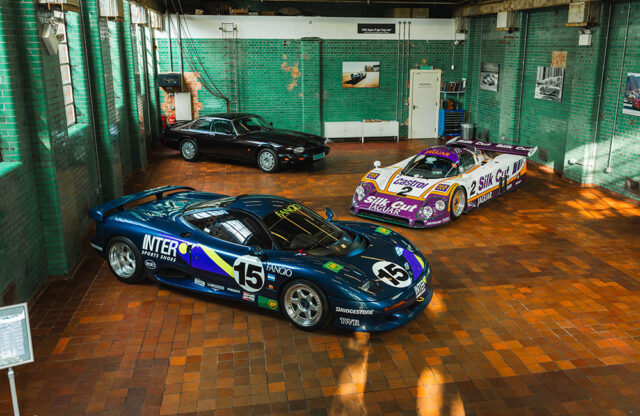WORDS: PETER STEVENS | PHOTOS: AUTHOR AND OBEROI CONCOURS
Introducing a totally new concours event is not easy, particularly when the venue is in a part of India where there has never been such an event before. But that is exactly what Oberoi Concours d’Elegance founder Arjun Oberoi – executive chairman of EIH Limited, which owns and runs the Oberoi Hotel Group – set out to do on February 16-18, 2024.
Arjun did have a few things on his side. He engaged HH Manvendra Singh Barwani, collector, restorer and event organiser, to curate the event; Sandra Button, head of the Pebble Beach Concours, to be chief judge; and British classic car aficionado Simon Kidston to tell all those at the awards ceremony about the vehicles.
However, Arjun’s trump card was the location. The Oberoi Udaivilās hotel is on the shore of Lake Pichola, facing the captivatingly glorious city of Udaipur. This was no simple case of parking 60 or so cars on a hot, flat, dusty area of dry grass, however. The gardens of the Oberoi have dappled shady spots under the trees, an area by the landing stage where little boats bring guests to the hotel, grass that swoops down to the lake, and courtyards where, on the day, the various classes were gathered.
The small judging team at the Oberoi Concours was made up of 14 highly experienced specialists, ranging from six-time Le Mans winner Jacky Ickx, to motorcycle racer and restorer, the Hong Kong-based David McKirdy, and Giacomo Agostini judging the motorbikes, to former highly successful race driver Jochen Mass, along with the likes of HRH Prince Michael of Kent, and car enthusiast and TV presenter Jodie Kidd. And me…
Among others, Nigel Mathews, chairman of the International Chief Judge Advisory Group, was there to keep us all under control.
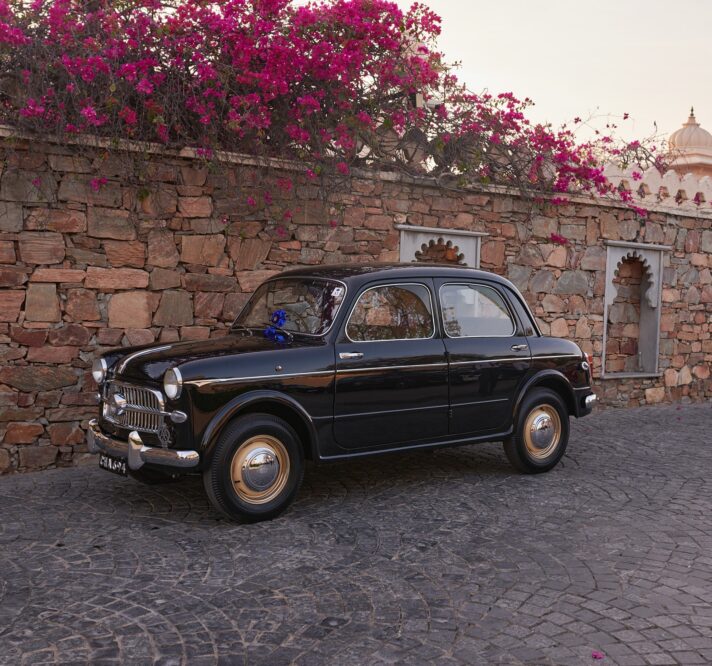
What was very apparent was how far high-quality restoration and preservation have come since the first Cartier Concours in Delhi

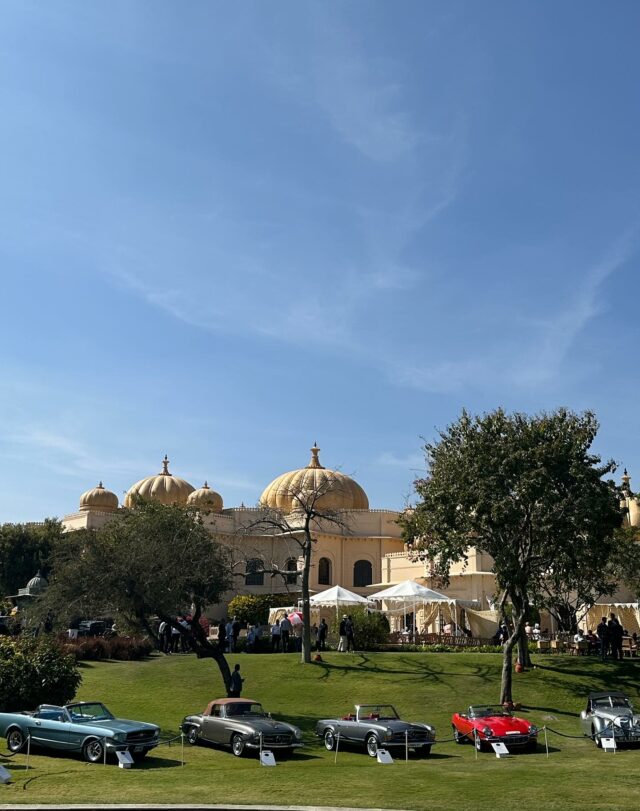
Manvendra had named some of the classes to bring the feel of the event up to date: Projettato in Italia, for cars from Italian coachbuilders; Pre-War Classic Rolls-Royce Limousines, a brave departure from the more usual open cars; Classici Italiani, for cars made in Italy from 1910 to 1945; and Dawn of the Jet Age – Cadillacs, which celebrated the extravagance of tail fins.
Of great interest to both Manvendra and myself was a class that he called Motoring for the Masses – India. This something that he and I had discussed previously. We believe that concours events can’t rely on just Rolls-Royces and other high-end machines. If this interest in old cars is to survive, it must represent the broad spectrum of automotive culture, be attractive to younger people with limited budgets, and give them a chance to learn restoration or preservation skills.
The cars in this class were chosen to show the gradual development of an indigenous automobile industry in India. The move from imports of complete lower-cost cars, such as the Ford Model A Phaeton, through MKD (Minimal Knock Down) cars such as the 1946 Hindustan 10 and 1948 Morris Eight Series E, to the early Fiat 1100/103E, which was CKD (Completely Knock Down), before Premier Automobiles Limited, with Fiat’s help, started to build the 1100-derived Premier Padmini in 1964 in a factory in Kurla outside Mumbai.
The first ‘all-India’ car was the Maruti 800. When Indian Prime Minister Indira Gandhi’s son Sanjay started searching for a partner to build a factory to produce a simple, low-cost car in India, he formed an alliance with the modest Japanese company Suzuki. Production started in 1983, and by chance, rather than plan, the car to be judged at the Oberoi Concours was number 14 of the 13 pre-production prototypes (there was no car 13). This was the first example sold to a customer, Harpal Singh, who kept it all his life.
When he died, the 800 lay gradually deteriorating outside his house, until Maruti was persuaded to buy it. It was eventually restored, and Maruti was encouraged, by current joint keeper Cyrus Dhabhar, to enter it for the concours. To Cyrus’s delight and disbelief, the little car won second in class, just behind the lovely, cuvacious black 1956 Fiat 1100 of Karl Bhote, another delighted owner and class winner.
The newest car in the class was a 2015 TATA Nano, Ratan Tata’s enormously costly, but ultimately doomed, attempt to put ‘two-wheeler’ families onto four wheels. Owner Rustomjee Jeejeebhoy did admit he had two Nanos, because one or the other was almost always in the repair shop.
During the prize giving, a very special award was made to Vivek Goenka. Vivek is very special to the Indian collector and restorer world in India; he has very broad taste in motor cars, from humble Fiat 500s to glorious Rolls-Royces, and his collection embraces models as diverse as a bright orange Volkswagen Karmann Ghia convertible to the class-winning 1964 Cadillac Series 62 convertible. His restoration business in Mumbai is run by his nephew Allan Almeida; many of the class winners, both at the Oberoi event and at previous Cartier Concours, have come from this workshop, and almost all the best chrome work comes out of its new facility.
Best of Show went to a model that always grabs one’s attention, a V12 Lagonda. This particular maroon 1939 Drophead Coupe was jointly owned by Keith Bowley and Nishant Dossa. Sam Reddy’s 1958 Tatra 603 Saloon won the Post War Classics class. It was imported new for the use of the trade commissioner of The Czechoslovakia Socialist Republic to India. To describe it as having originally been a ‘basket case’ would be an understatement; there were more holes than metal, almost all the exterior trim pieces were missing, and so was most of the interior trim. Experienced restorer Kaizad Engineer and his small team had to reproduce literally dozens of parts, but the result was stunning.
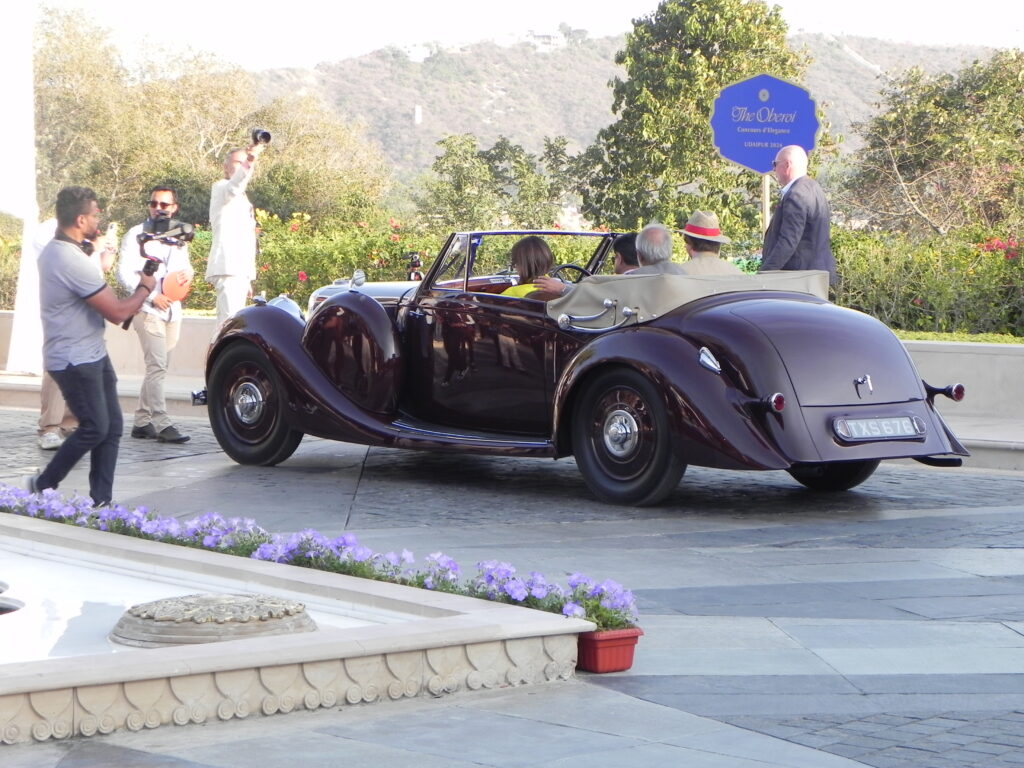
There were plenty of other treats for any enthusiast, such was the diversity of the entries. Second in the Dawn of the Jet Age was the lovely grey/blue 1949 Cadillac Series 62 of Marespand A Dadachanji, who is both a collector and a restorer. Meanwhile, an outrageous red 1930 Cord L-29 belonged to Gautam Singhania, owner of the Raymond company. Gautam said that every Indian boy wants to be married in a Raymond suit – and with nearly 10 million weddings each year, “business is good”.
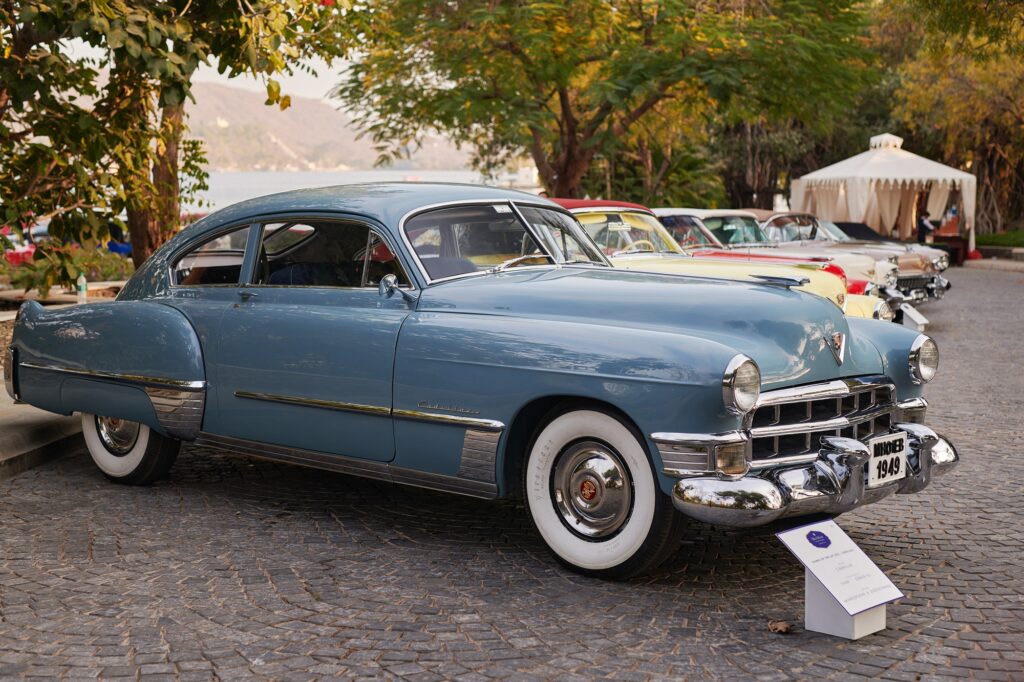
For a first-time event, working as a team, both Arjun Oberoi and Manvendra Singh Barwani have to be immensely proud of what they achieved in bringing together such a wide collection of cars. What was very apparent was how far high-quality restoration and preservation have come since the first Cartier Concours in Delhi. Let’s hope this is only the first event of many.
Find out more information about the Oberoi Concours here.
